We are pleased to invite all researchers, young scholars, delegates, experts and students from all over the world to attend the International Experts Summit on Mechanical and Mechatronics Engineering (IESMME2023) will be held in Tokyo, Japan, during September 11-13, 2023.
IESMME2023 provides a platform of international standards where you can discuss and share knowledge on Mechanical and Mechatronics Engineering to bring a unique forum for exchanging the information regarding the latest developments, finding solutions and enriching the knowledge. In addition to Presentations, Workshops, and Discussions, the conference also offers a unique venue for renewing professional relationships, and providing plenty of networking opportunities during the summit.
We’re looking forward to Meghaz meetings with researchers from different countries around the globe for sharing innovative and great results in Mechanical and Mechatronics Engineering.
Abstract Submission Deadline28 Jul, 2023
Earlybird Registration Deadline05 Feb, 2023
Standard Registration Deadline28 Jul, 2023
Onspot Registration11 Sep, 2023
Mechanical Engineering
Aerospace Systems and Technology
Applied Mechanics
Automation
Biomechanics
Computational Fluid Dynamics
Design and Manufacturing
Fuels and Combustion
Heat and Mass Transfer
Micro-Machining
Mechatronics
Nanotechnology
Reverse Engineering
Renewable and Non-Renewable Energies
Advanced Manufacturing
Intelligent Control
Advanced Motion Control
System Integration
Sensors and Actuators and Networks
Robotics, Mobile Platforms, Unmanned Vehicles
Automotive and Transportation Systems
Vibration and Noise Control
Microelectromechanical systems
Green energy
Applications in Systems and Engineering
Mechatronics in Energy Systems
Automotive technology
Biomechanics and health engineering
R&D in Mechanical Engineering

University of Alberta
Canada

University of Florida
USA
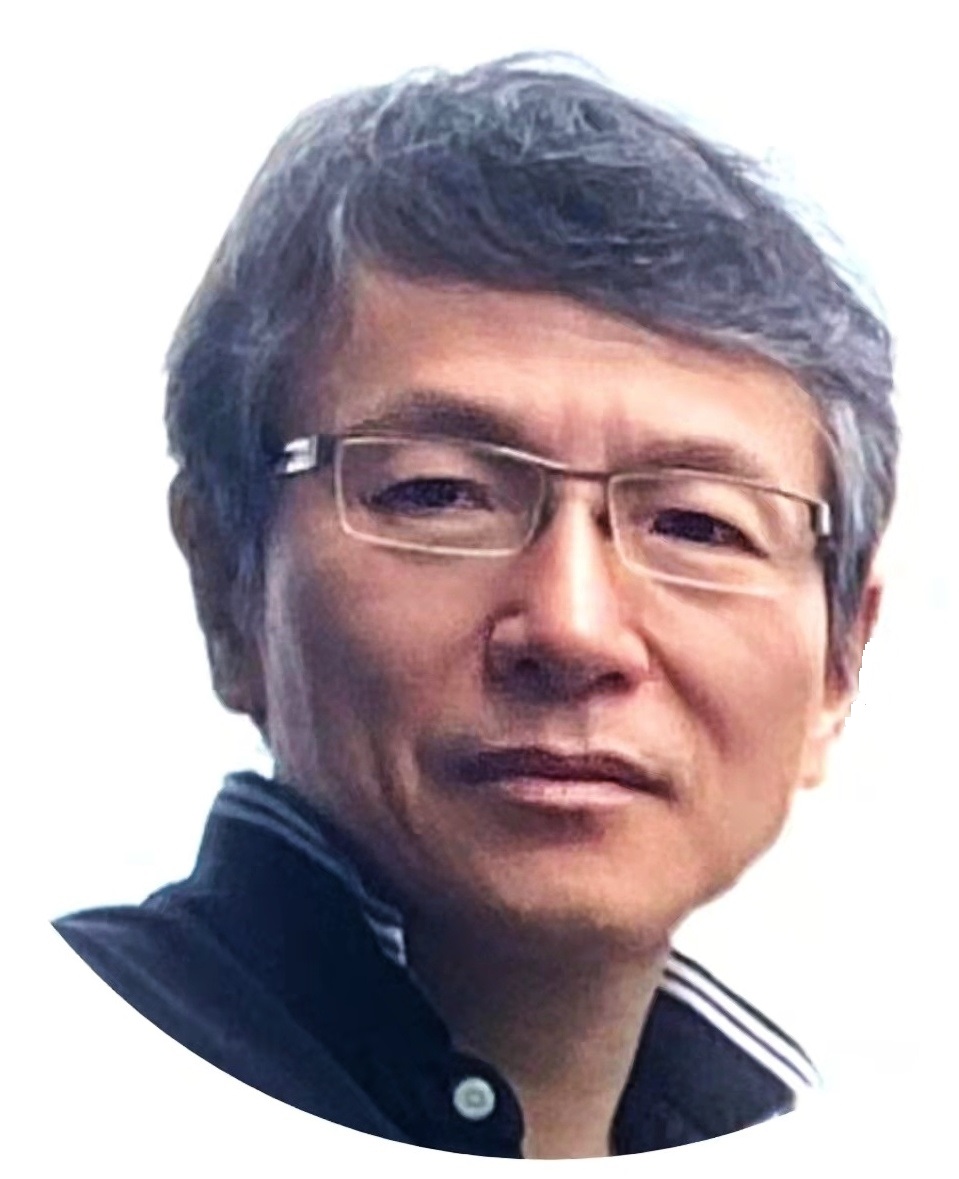
Nanyang Technological University Singapore
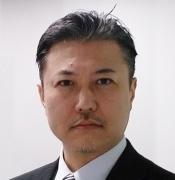
Osaka University
Japan
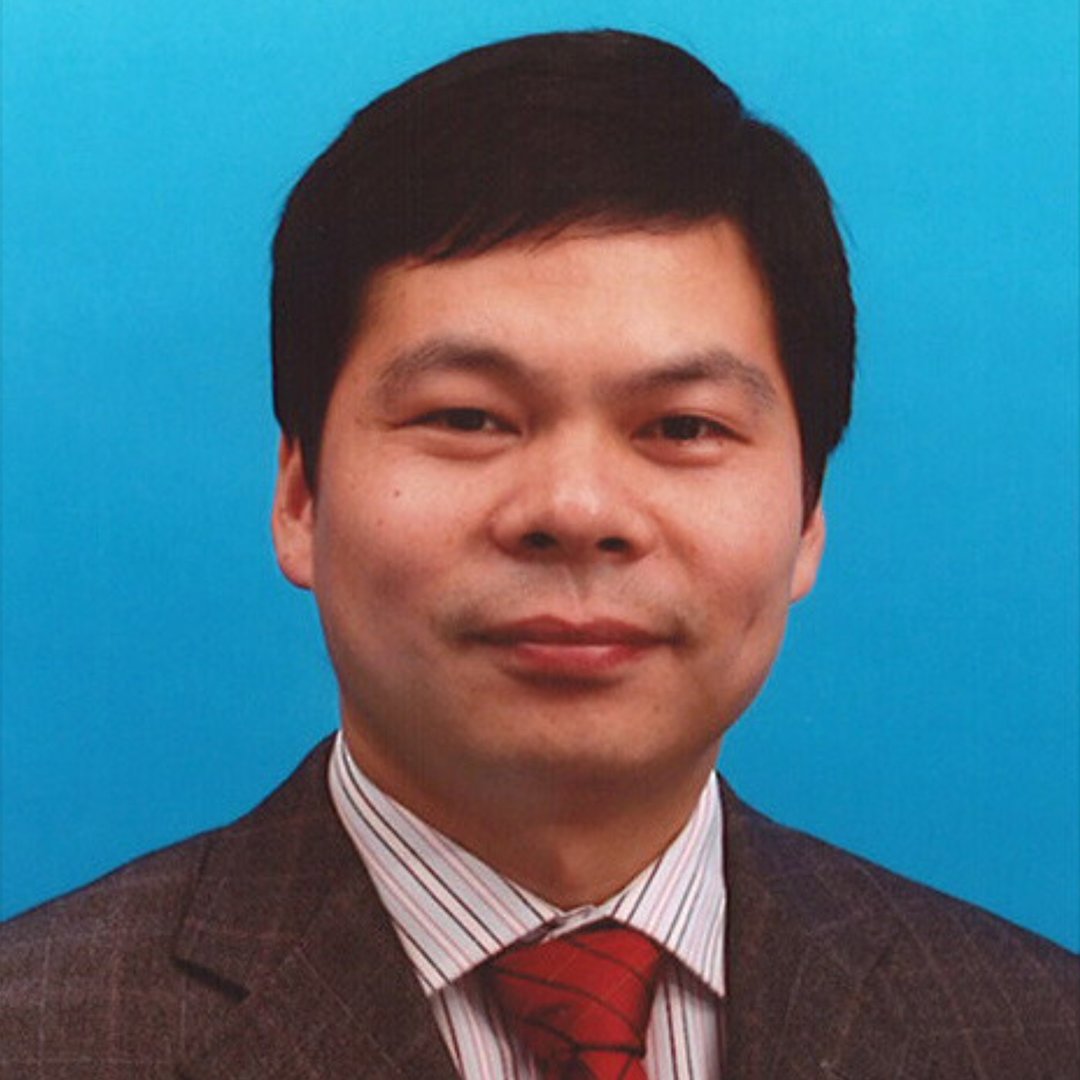
City University of Hong Kong
Hong Kong
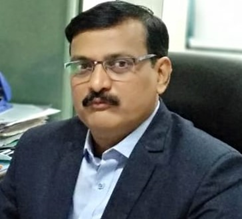
Fr.C.Rodrigues Institute of Technology India
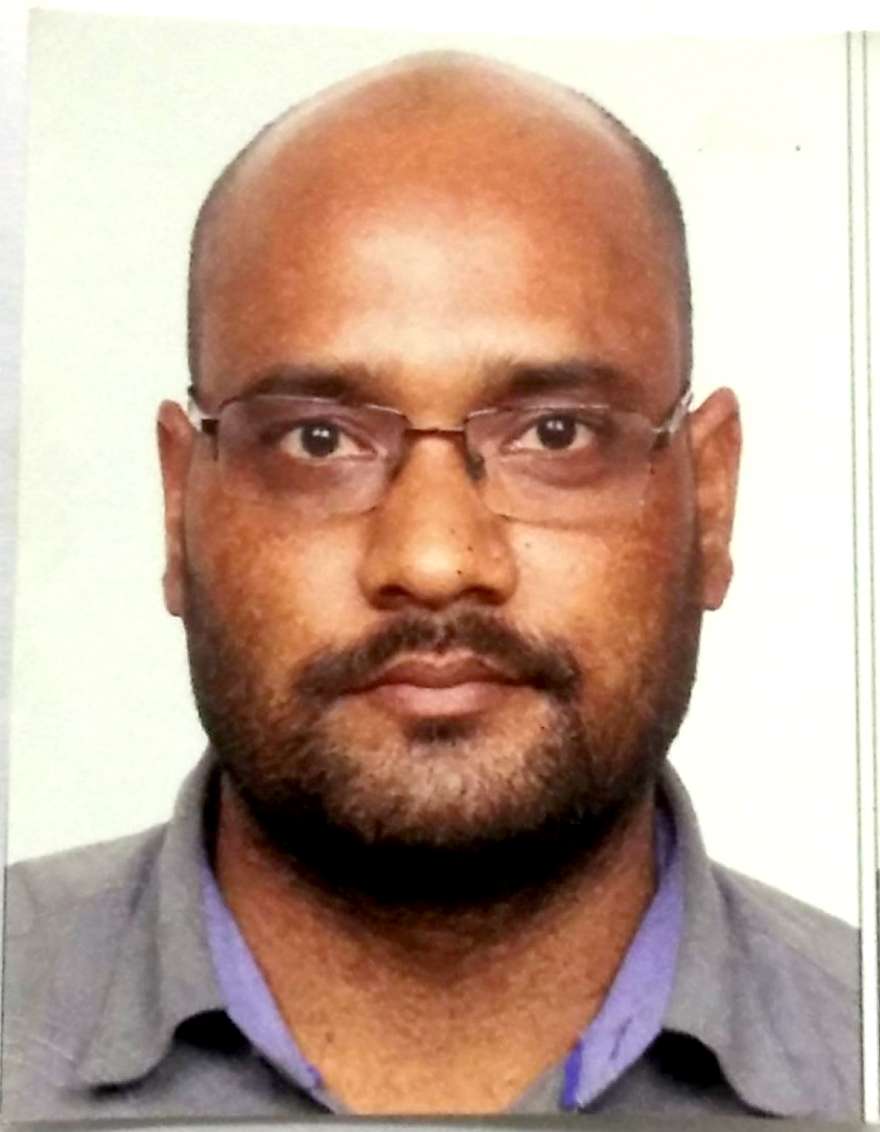
IIT Indore
India
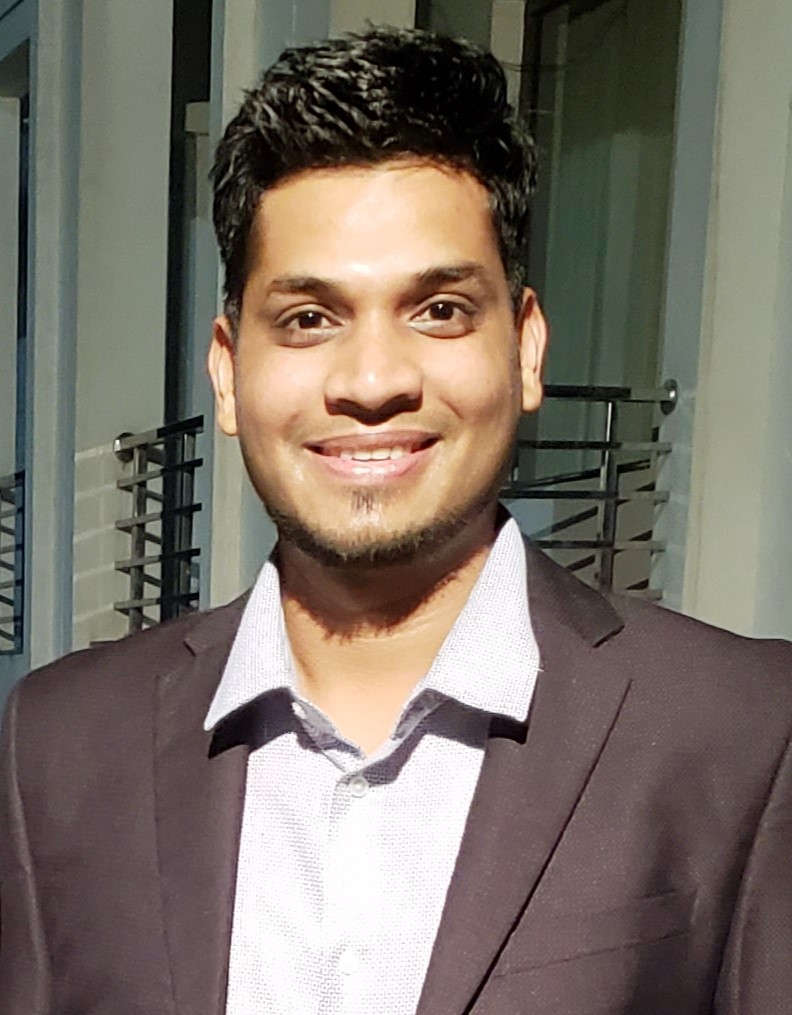
IIT Indore
India
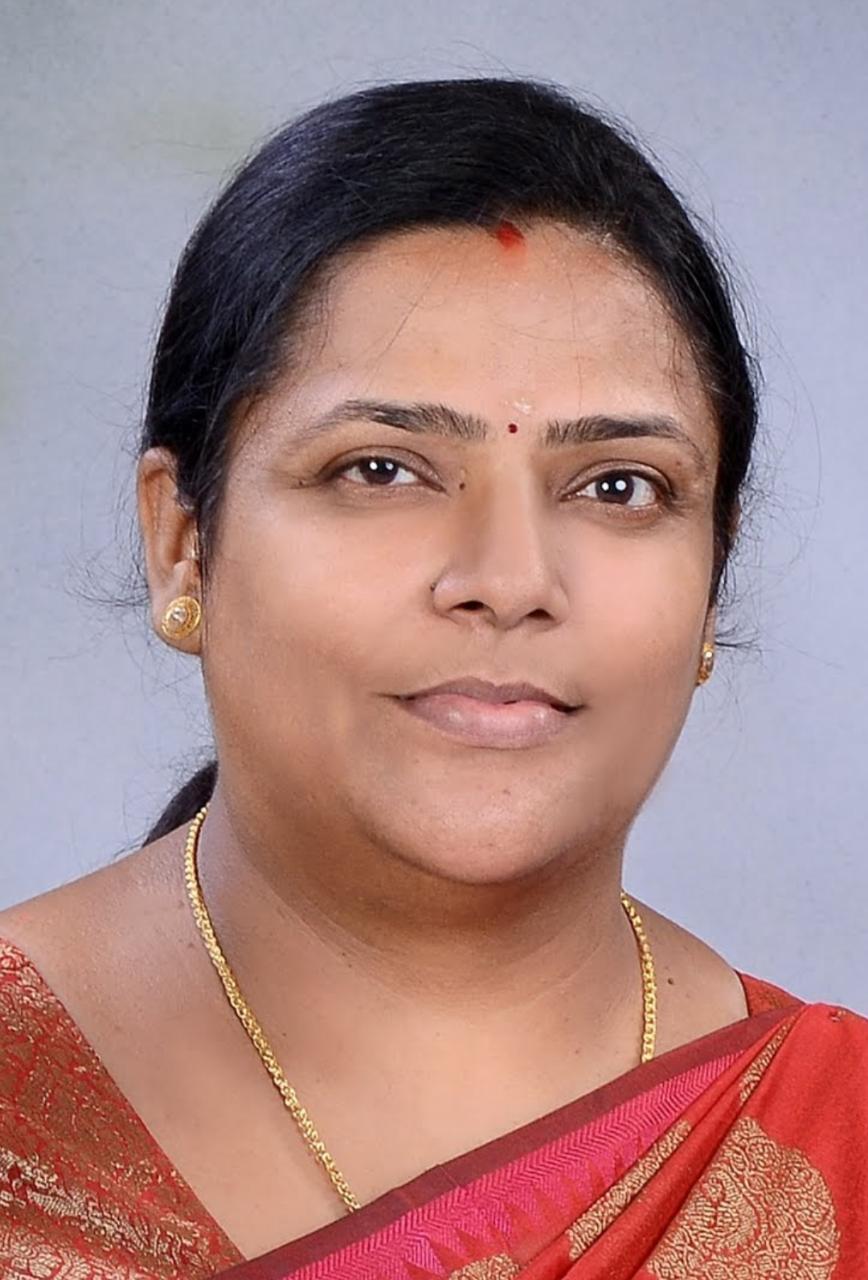
Sri Ramakrishna Engineering College, India

Toyota Technological Institute,
Japan
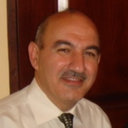
University of the Western Cape
South Africa
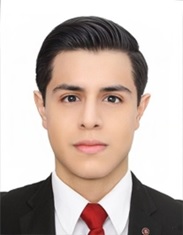
Ricardo Palma University
Peru
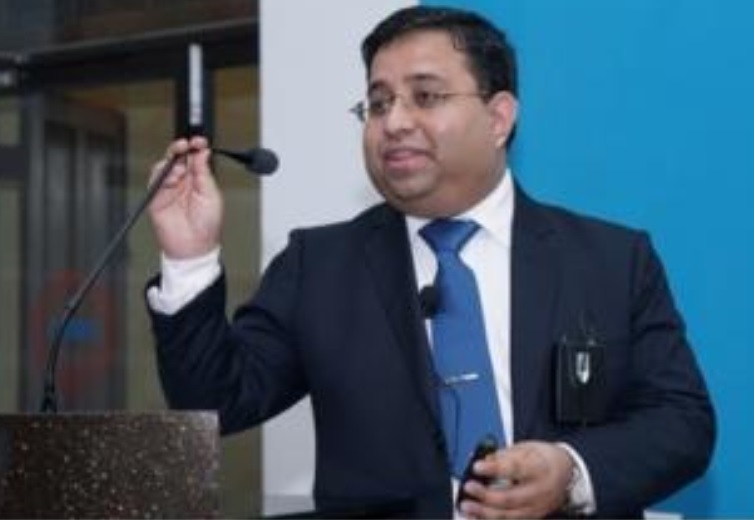
Independent University
Bangladesh

IIT Indore
India
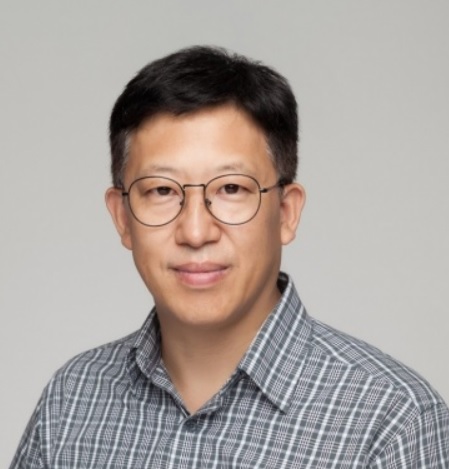
Xi'an Jiaotong-Liverpool University
China
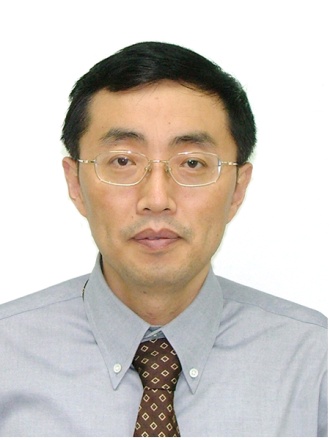
Xi'an Jiaotong University
China

China Agricultural University
China

Chinese Academy of Sciences, China
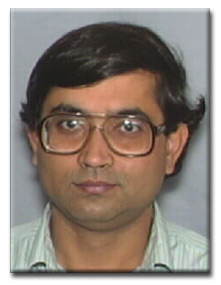
University of Minnesota
USA
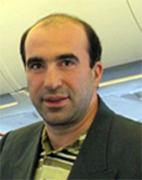
Cranfield University
UK
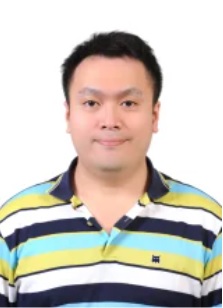
National Taiwan Normal University
Taiwan
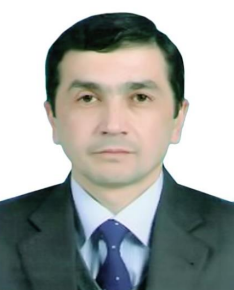
Urgench State University
Russia
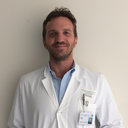
University of Ferrara
Italy
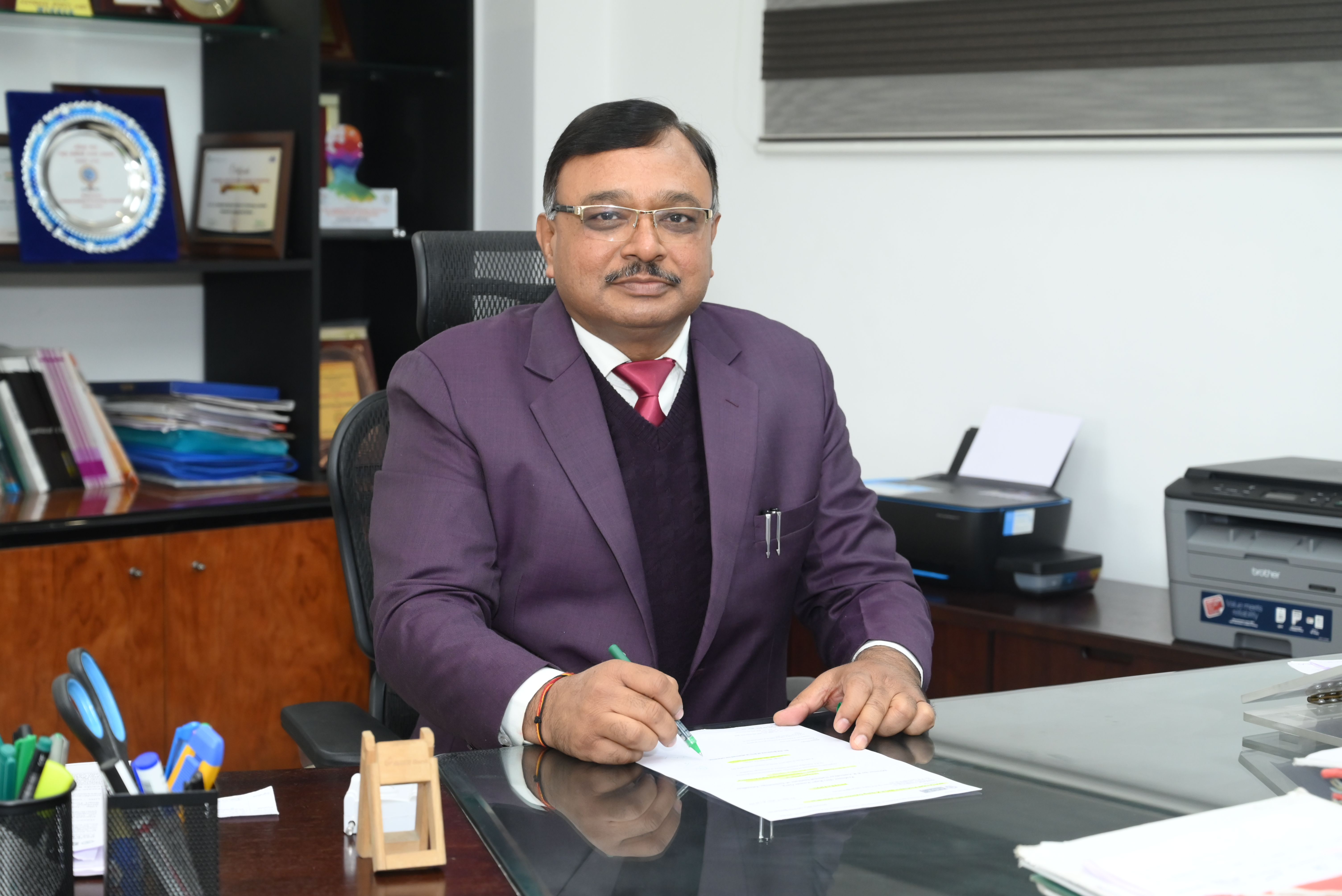
NIT Jalandhar
India
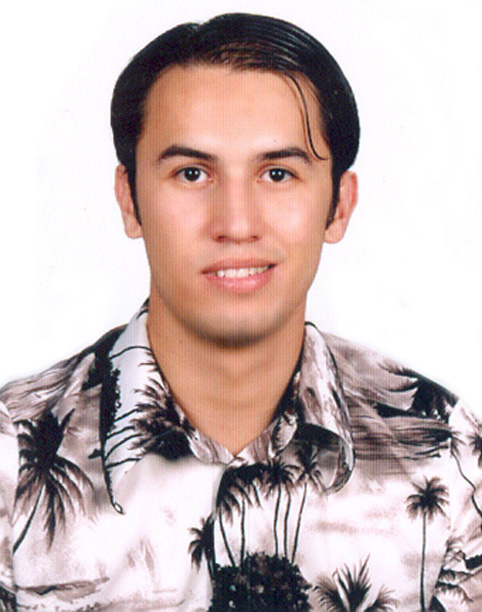
Ondokuz Mayis University
Turkey
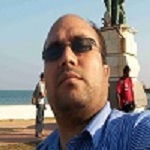
Tezpur University
India

Universiti Malaysia
Malaysia
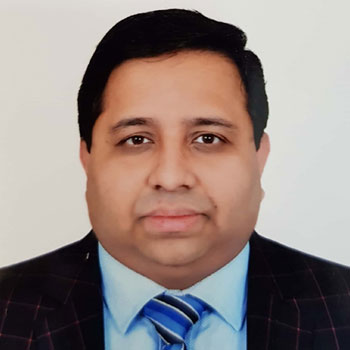
Independent University
Bangladesh

Yuchen Jiang Harbin Institute of Technology, China

Beijing University
China

University of the Western Cape
South Africa

Academy of Machinery Science and Technology, China

Soochow University
China
Tokyo is Japan's capital and the world's most populous metropolis. It is also one of Japan's 47 prefectures, consisting of 23 central city wards and multiple cities, towns and villages west of the city center. The Izu and Ogasawara Islands are also part of Tokyo.
Prior to 1868, Tokyo was known as Edo. A small castle town in the 16th century, Edo became Japan's political center in 1603 when Tokugawa Ieyasu established his feudal government there. A few decades later, Edo had grown into one of the world's most populous cities. With the Meiji Restoration of 1868, the emperor and capital moved from Kyoto to Edo, which was renamed Tokyo ("Eastern Capital"). Large parts of Tokyo were destroyed in the Great Kanto Earthquake of 1923 and in the air raids of 1945.
Today, Tokyo offers a seemingly unlimited choice of shopping, entertainment, culture and dining to its visitors. The city's history can be appreciated in districts such as Asakusa and in many excellent museums, historic temples and gardens. Contrary to common perception, Tokyo also offers a number of attractive green spaces in the city center and within relatively short train rides at its outskirts.